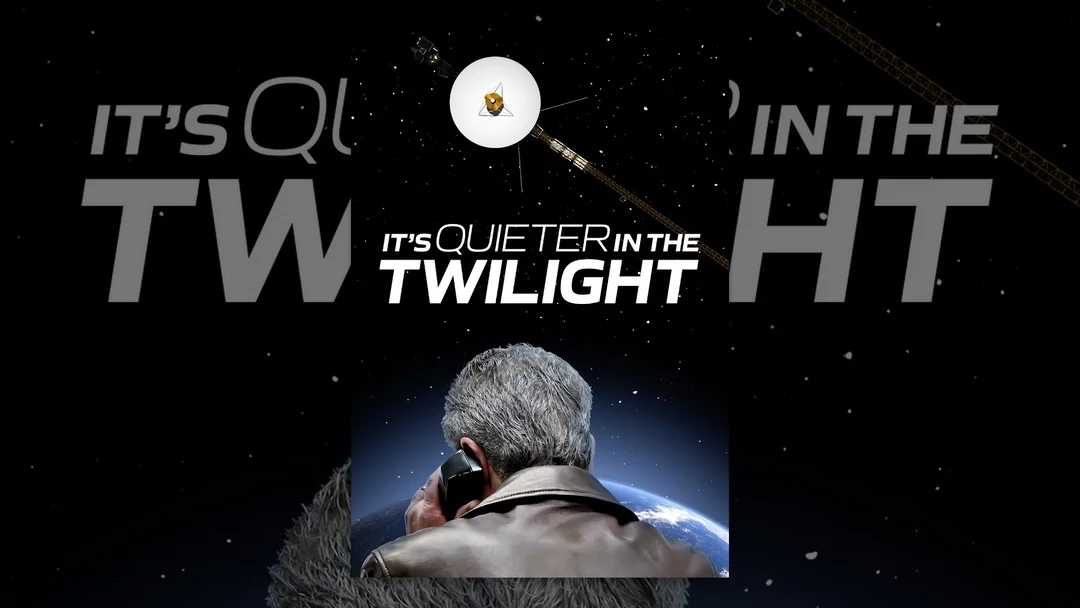
Voyager 1’s Lazarus Act: Reviving ‘Dead’ Thrusters After 20 Years Secures Mission’s Future
Against all odds, NASA engineers have accomplished a remarkable feat: bringing back to life a set of Voyager 1’s thrusters, which were presumed dead since 2004. This daring maneuver ensures the spacecraft's continued communication with Earth as it journeys through interstellar space.
Launched in 1977, the Voyager spacecraft, now traveling at approximately 35,000 mph (56,000 kph), rely on small thrusters to maintain their orientation and keep their antennas pointed towards home. The revival of these backup thrusters was prompted by growing concerns that the currently used thrusters might soon fail due to clogging from propellant residue.
The clock was ticking. NASA needed to reactivate these dormant thrusters before May 4, 2025, when the Deep Space Station 43 (DSS-43), the primary antenna for communicating with the Voyagers, would go offline for critical upgrades until February 2026. This meant a long period without the ability to send commands, potentially jeopardizing the mission if the existing thrusters failed.

Kareem Badaruddin, Voyager mission manager at JPL, stated, "I think at that time, the team was OK with accepting that the primary roll thrusters didn’t work, because they had a perfectly good backup. And, frankly, they probably didn’t think the Voyagers were going to keep going for another 20 years." However, the possibility of the backup thrusters failing prompted a re-evaluation of the seemingly unfixable primary thrusters.
Engineers suspected that an electrical disturbance may have inadvertently switched off the heaters responsible for the thrusters' functionality. The risky solution involved attempting to reactivate these heaters. The challenge? If the spacecraft drifted too far from its guide star during the process, the dormant thrusters would automatically fire. If the heaters were still off at that moment, it could have triggered a small explosion.
Why was DSS-43 so crucial? While NASA's Deep Space Network has multiple complexes, DSS-43 in Canberra, Australia, is the only one with sufficient signal power to command the Voyagers. "These antenna upgrades are important for future crewed lunar landings, and they also increase communications capacity for our science missions in deep space," explained Suzanne Dodd, Voyager project manager and director of the Interplanetary Network at JPL.
The gamble paid off. On March 20, the team anxiously awaited the results of their commands. Due to the vast distance, radio signals take over 23 hours to travel between Earth and Voyager 1. Within 20 minutes of receiving the data, the team witnessed the temperature of the thruster heaters rise dramatically, confirming their success.
Todd Barber, the mission’s propulsion lead at JPL, described the moment as "a glorious moment. Team morale was very high that day... It was yet another miracle save for Voyager."
This remarkable achievement ensures the continued operation of Voyager 1 as it continues its journey into the unknown, providing invaluable data from interstellar space. This provides groundbreaking insights into the distant boundaries of our solar neighborhood.
What other surprises might these resilient spacecraft have in store for us? Share your thoughts and predictions in the comments below!